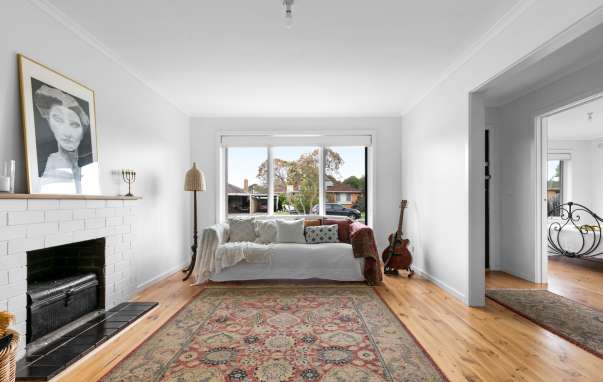In today’s competitive rental market, more property owners and tenants are opting for renting without agents to save on fees and gain greater control over the process. However, the success of this arrangement depends heavily on having a legally binding private lease. Understanding what makes a lease legally enforceable is essential for protecting the rights of both landlords and tenants.
What Is a Legally Binding Private Lease?
A legally binding private lease is a written agreement between a property owner and a tenant, outlining the rights, responsibilities, and obligations of both parties. For the lease to be legally valid, it must meet certain criteria under Australian property law. Simply writing down some terms isn’t enough. The lease must comply with legal requirements to be enforceable in court if disputes arise.
Key Elements of a Legally Binding Private Lease
Here’s what every private lease agreement must include to be considered legally binding:
1. Offer and Acceptance
A private lease begins when the landlord offers the property to a prospective tenant and the tenant agrees to the terms. Both parties must understand and accept the conditions without any force or confusion. This mutual agreement is the foundation of all enforceable contracts.

2. Clear Identification of Parties
The lease must clearly identify the full names of both the landlord and the tenant. Including contact details is essential for communication and legal correspondence.
3. Property Details
The address of the rental property should be included in full. If the property is a unit or apartment, the unit number and building name should also be specified.
4. Rental Amount and Payment Terms
The lease must state the agreed-upon rental amount, how often it’s due (weekly, fortnightly, or monthly), the payment method, and any penalties for late payment. A legally binding private lease also outlines the bond amount and the process for lodging it with the relevant authority (such as the Residential Tenancies Bond Authority in Victoria).
5. Lease Term and Conditions
The lease should specify whether the agreement is fixed-term (for example, 12 months) or periodic (month-to-month). It should also list other conditions, such as whether pets are allowed, responsibilities for maintenance, and how either party can end the lease.
6. Signatures
Both the landlord and tenant must sign the lease. Each party should receive a signed copy. Signatures confirm that both individuals agree to the terms and understand their legal obligations.
7. Compliance with State Legislation
Different states in Australia have specific laws regarding residential tenancy agreements. For example, the Residential Tenancies Act 1997 (VIC) governs leases in Victoria. Using the correct standard forms and ensuring all necessary disclosures are made (such as information about embedded networks or past flooding) is vital.

Can You Create a Legally Binding Lease Without an Agent?
Yes, absolutely. Many Australians are successfully renting without agents, thanks to online platforms like For Sale By Home Owner. These platforms offer resources, legal templates, and step-by-step guides to help landlords create legally binding leases without needing to hire a property manager.
By using professional templates and understanding your state’s tenancy laws, you can draft an agreement that holds up in court if needed. For Sale By Home Owner also provides support for private landlords to list properties and manage tenant interactions efficiently, all while staying compliant with legal standards.
Why Having a Legally Binding Lease Matters
Without a solid agreement in place, both parties are vulnerable to misunderstandings, unpaid rent, or unlawful evictions. A properly executed lease:
- Protects the tenant’s right to quiet enjoyment of the property
- Clarifies the landlord’s expectations regarding rent and property care
- Minimizes the risk of disputes and potential legal costs
- Provides documentation to support legal claims in case of breach
Conclusion: Legal Clarity Is Key
Renting without agents can be straightforward and successful when you understand the legal essentials. A legally binding private lease isn’t just a formality — it’s the backbone of a secure, fair tenancy. By including the correct terms and complying with relevant legislation, landlords and tenants alike can enjoy peace of mind.
Whether you’re a first-time landlord or an experienced investor, platforms like For Sale By Home Owner simplify the leasing process by offering legal templates, listing tools, and expert advice — all tailored for private rentals. Take the time to prepare a proper lease, and you’ll lay the groundwork for a smooth and professional rental experience.






